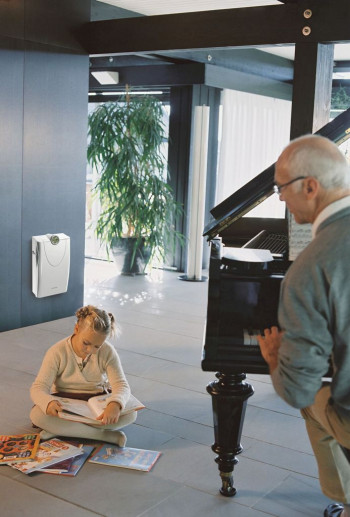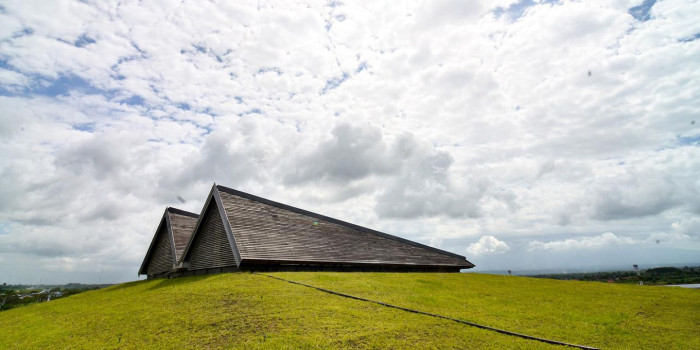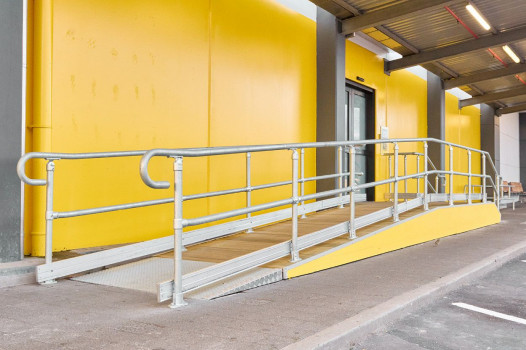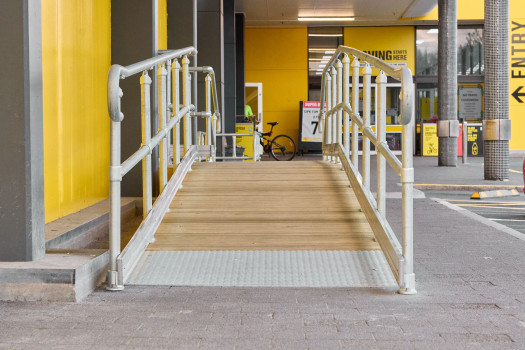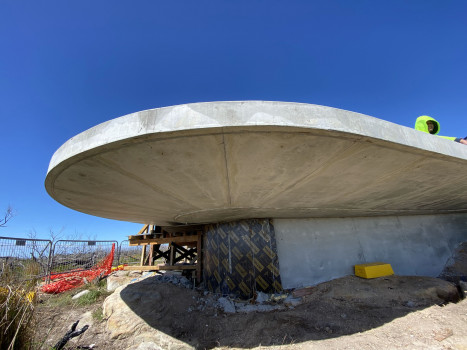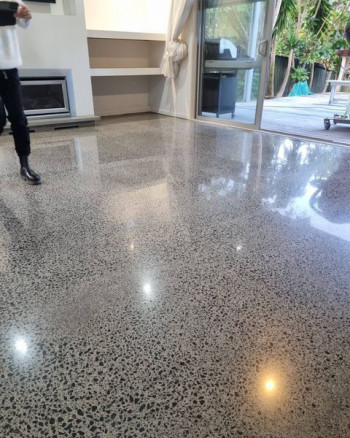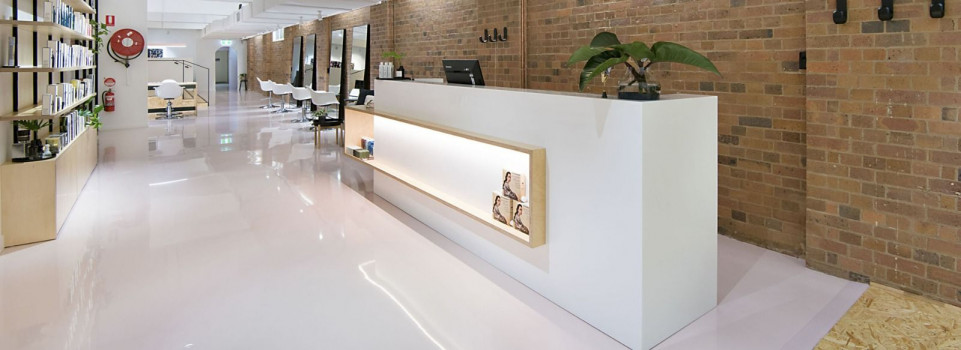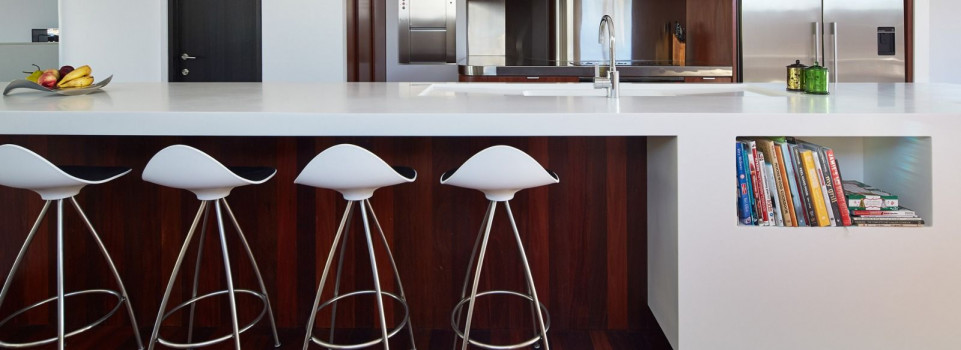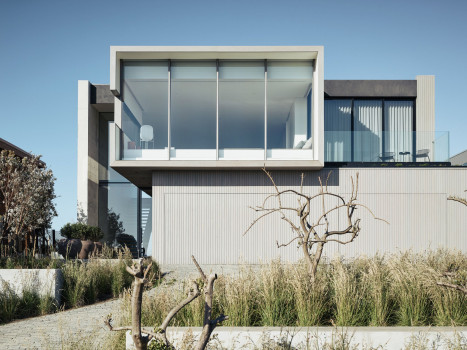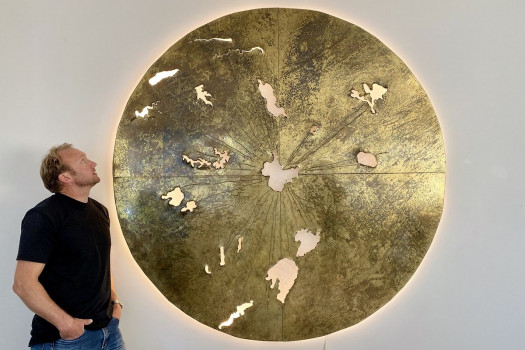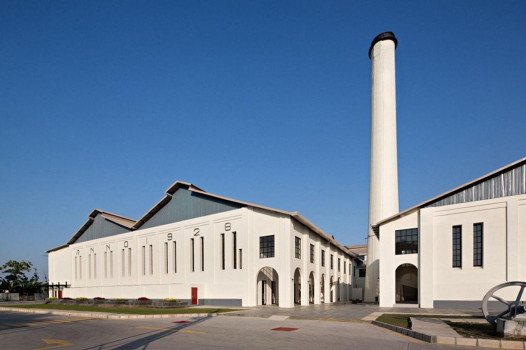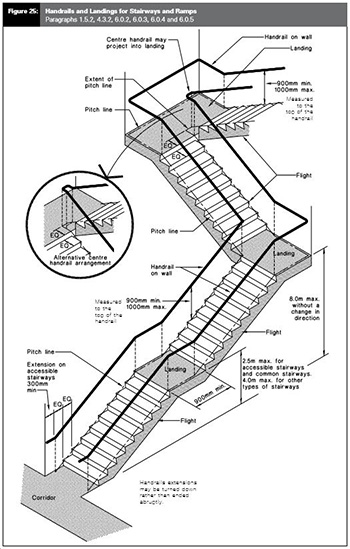20 results for "Air" in Articles
TIPS & IDEAS
2 YEARS AGO
AEROPAC® sound insulated ventilators, direct fresh air into your home. Noise, pollen and fine dust are kept out.
PROJECT
3 YEARS AGO
Located at the tip of the Java island, Banyuwangi recently has developed into a destination for local and international tourists. Set amid the mountains on the west side, and the sea on the east which directly borders Bali island, this regency relies on the natural beauty of Java island which is not yet popular to the public. To date, the development of Banyuwangi is supported by a number of national architects who were involved in the construction of tourist facilities as well as a variety of well-organized city and public spaces. A well-designed environment can be experienced even at the moment tourists set their foot for the first time when using the airlines.
NEWS
3 MONTHS AGO
Concrete is a cornerstone of modern construction, renowned for its strength and versatility. However, it’s not immune to errors and the ravages of time. In some cases, concrete doesn’t come off the form looking as smooth or fair-faced due to several factors that are difficult to control, including imperfections like blow holes, crack repairs, and other surface defects.
TIPS & IDEAS
5 MONTHS AGO
As a staircase is connecting two different floors, each detail needs to be carefully designed. Knowing the details of ideal staircase will help you visualise your dream staircase design.
NEWS
9 MONTHS AGO
The Moddex Ezibilt™ Ramp, stair & walkway System is the ultimate pre-engineered, offsite manufactured solution for fast-tracked and compliant construction of accessibility ramps.
PROJECT
9 MONTHS AGO
The new Ezibilt ramp and walkway system is an out-of-the-box solution for creating safe, compliant ramps, stairs and walkways efficiently. Its simple flexibility is proving so popular, it’s popping up everywhere.
NEWS
10 MONTHS AGO
In the realm of architecture, where form meets function under the critical eye of safety and regulations, the creation of accessible spaces is a mandate as society becomes more inclusive. The launch of the Ezibilt ramp, stair and walkway system serves as a testament to our commitment to inclusivity, offering a reliable tool to weave accessibility seamlessly into building and space designs. The Australian Standards of AS1428.1-2021 set forth a blueprint for mobility, specifically delineating the spatial needs for wheelchair circulation—a criterion paramount to the fabric of inclusive design. As we delve into these standards, let’s demystify the technicalities and translate them into practical knowledge that can elevate architectural practices. Design Considerations for Ramps and Stairs Creating accessible ramps and stairs is not just about meeting regulatory requirements; it’s about ensuring that individuals of all abilities can navigate a space with dignity and ease. Here, we’ll explore some critical design considerations to keep in mind when incorporating ramps and stairs into your architectural projects. Landings and Their Importance in Accessibility Landings serve as critical elements in both ramp and stair design. These flat, level platforms allow users to rest, change direction, or transition between different paths. When designing landings, consider the following: Size Matters: Ensure that landings are of sufficient size to accommodate wheelchair users comfortably. As per AS1428.1-2021, landings at the top and bottom of ramps should be at least 1500mm long. For stairs, landings should be as wide as the stairs themselves. Clear Pathways: Keep landings free of obstructions. Wheelchair users, in particular, need a clear, unobstructed path to navigate safely. Turning Space: Allow adequate space for wheelchair users to make turns. Visual Contrast: Consider using visual contrast on landings to aid individuals with visual impairments. This can be achieved through variations in flooring materials or color. Inclusivity in Design: Guide to Accessible Ramps and Stairs Optimal Sizes for Landings and Circulation Paths In addition to the specific dimensions outlined in AS1428.1-2021, architects should strive for optimal sizes in ramp and stair design to ensure a user-friendly experience: Gradient Considerations: When designing ramps, aim for gradients that are at the shallower end of the allowable range. A less steep incline is easier for users to traverse, especially for those with mobility devices. A gradient of 1:14 is standard. Visibility: Ensure that ramps and stairs are well-lit and visually distinct. Adequate lighting and visual cues aid users with different abilities in navigating the space confidently. Universal Design: Strive for universal design principles that cater to a broad spectrum of users. Consider features like tactile indicators for those with visual impairments and slip-resistant surfaces for everyone’s safety. Practical Application of Standards in Design Now that we’ve explored the essential design considerations, let’s delve into the practical application of AS1428.1-2021 in your architectural projects. AS1428.1-2021 provides specific guidelines for the design of turns along accessible pathways. These guidelines ensure that wheelchair users can navigate turns smoothly without encountering obstacles or excessive effort. Here’s how to apply the 60° to 90° turn requirements effectively: Understanding Turn Angles: The standard specifies that turns should have an angle between 60° and 90°. This range allows for easy maneuverability while preventing overly tight turns that may be challenging for wheelchair users. Inclusivity in Design: Guide to Accessible Ramps and Stairs 60 degree turn Inclusivity in Design: Guide to Accessible Ramps and Stairs 75 degree burn Inclusivity in Design: Guide to Accessible Ramps and Stairs 90 degree turn Design with Space: To accommodate these turn angles, plan your pathways with ample space. Ensure that corners and intersections are designed with curves or gradual angles to meet the requirements. Additionally, consider adequate space that is clear of any door swing with ramps leading to an entry/exit. Clear Obstructions: Keep pathways free from obstructions such as furniture or decorative elements that could hinder turning. Users should have a clear, unobstructed path at all times. Ensure the ramp landing area at the top is not too close to stairs as this may be used as a turning point for wheelchair users. Consider Transitions: When designing transitions between different floor surfaces, such as from a corridor to a room, ensure that the change in level is gradual and compliant with the standard’s requirements. Considering the Protrusions of Handrails and Balustrades Handrails and balustrades are essential safety features, but their design should not impede accessibility. AS1428.1-2021 includes provisions to minimize protrusions that could create hazards for users: Protrusion Limits: The standard specifies limits on how much handrails and balustrades can protrude into circulation spaces. These limits are in place to prevent accidents, especially for those with visual impairments. Selecting Appropriate Components: Choose handrail and balustrade components that meet the standards and have minimal protrusions. Rounded or streamlined designs are often more user-friendly in this regard. Inclusivity in Design: Guide to Accessible Ramps and Stairs Clear Visual Indicators: Use visual indicators to highlight the presence of handrails and balustrades. Contrasting colours or materials can make these safety features more noticeable to users. By considering these guidelines and implementing them in your architectural designs, you can ensure that handrails and balustrades enhance safety without compromising accessibility. Final Thoughts The quest for accessibility in architecture is not merely a legal requirement but a commitment to creating spaces that embrace the diversity of human abilities. When it comes to accessibility solutions, ramp and stair design is a critical design component. Not only must these structures meet safety requirements, but they must also be durable and compliant with building codes and regulations to ensure a safe and secure space for all users. If poorly thought out, there could be serious emotional and financial cost associated with injury, permanent disability, or death should this design element be overlooked. Products like the Ezibilt ramp, stair and walkway system serve as invaluable allies, simplifying the process of compliance and enhancing safety. By embracing these tools and the principles of inclusive design, we can build a more inclusive and accessible world. Learn more about Ezibilt™ Pre-Engineered Ramp and Deck Solution
NEWS
1 YEAR AGO
Your roof is not just a protective shield against the elements; it’s a crucial component that ensures your home or building remains safe and secure. Among the various aspects of maintaining your roof, one that deserves special attention is roof waterproofing.
PROJECT
1 YEAR AGO
Chloride-induced corrosion of reinforcing steel is the main issue affecting the durability of reinforced concrete (RC) structures in coastal environments. In these environments, invasive chloride ions penetrate into concrete and create a corrosive environment for steel bars. This was the main concern of the client and architects for this beautiful concrete landscape located on the North Head sanctuary.
PROJECT CASE STUDIES
1 YEAR AGO
The recent Floods have brought in a lot of discussions on low maintenance floors.
PROJECT CASE STUDIES
1 YEAR AGO
The new home of Rixon Hair was designed with the objective of creating an intelligently planned, inclusive workspace, which reflects a sense of community and tranquility
PROJECT CASE STUDIES
1 YEAR AGO
This kitchen design by Iredale Pedersen Hook Architects is located in Perth, Western Australia.
PROJECT
2 YEARS AGO
Perched on a sand dune on the ocean beach of Blairgowrie on the Mornington Peninsula, this home enjoys the views of both Bass Strait and Port Phillip.
TIPS & IDEAS
3 YEARS AGO
Wairua is a new large-scale commission by Kiwi lighting designer James Russ.
NEWS
3 YEARS AGO
A short drive from the Christchurch CBD you’ll find a new facility that’s purpose-built for architects, kitchen designers and homeowners to explore new concepts.
PROJECT
4 YEARS AGO
The strong historical background makes PG Colomadu (Colomadu Sugar Cane Mill) plants in Karanganyar, Central Java, a cultural heritage. After stopping operation for about two decades, the plant was abandoned, and the building was degraded since there were no industrial activities. This prompted Kementrian BUMN (the Ministry of State-Owned Enterprises) to revitalize the building by rebranding it to be “De Tjolomadoe”.
PROJECT
4 YEARS AGO
Set among a sextet of mass-produced houses in the rapidly growing Wairarapa town of Martinborough is a distinctive new home designed by an emerging Wellington architecture practice, First Light Studio.
PROJECT
4 YEARS AGO
This is a case study on bathrooms for the Manor Fairfield East by Altro APAC.
NEWS
5 YEARS AGO
We sit on them daily, and probably don’t give them too much thought. But, the humble chair was once a hypnotic symbol of power.
NEWS
5 YEARS AGO
08 October, 2019 | Handrails shall be provided on both sides of accessible stairways and on both sides of accessible ramps.

 Indonesia
Indonesia
 Australia
Australia
 Philippines
Philippines
 Hongkong
Hongkong
 Singapore
Singapore
 Malaysia
Malaysia


